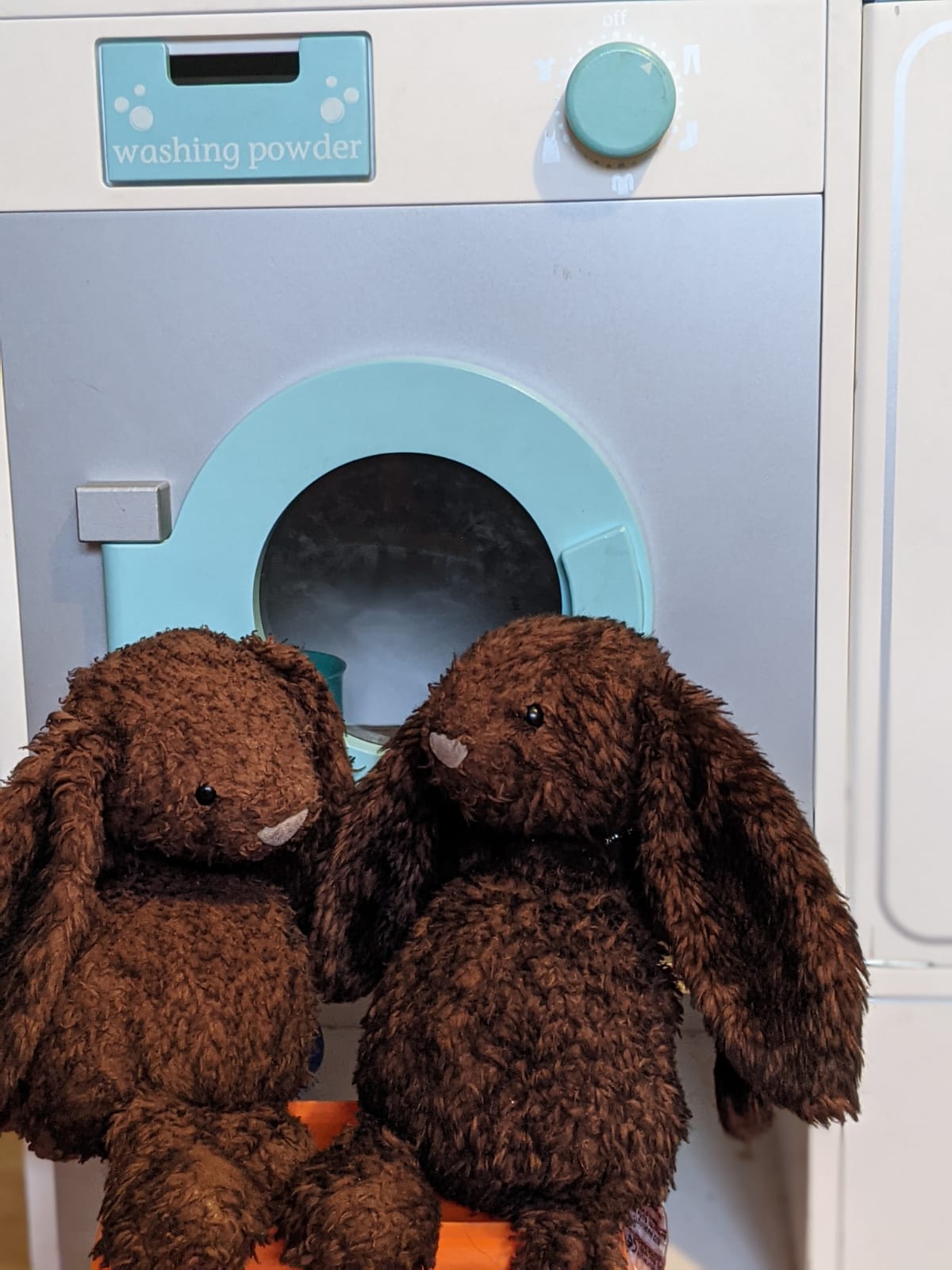A Tale of Two Sydneys
In this guest blog post, Anne O'Connor considers how young children absorb adult routines and rituals into their play, and what this looks like during the pandemic.
One of the more pleasant occupational hazards of my profession is the perpetual ‘baby gazing’ and ‘child watching’ that I can’t ever really seem to switch off. So, I know I will enjoy following the work of the ‘Play Observatory’ and am so glad that close attention is being paid to this most fundamental aspect of children’s lives at such an ‘interesting’ time in history.
I’ve always been fascinated by the way children absorb adult routines and rituals into their play and make them their own. A child crossing their legs and resting their chin on their hands to tell you about their tiring day, exactly as they might have seen a grown up settling down for a good moan; or carrying a dolly on their hip mirroring the way they were carried as a baby. I never fail to be intrigued by children’s perspicacity and observational skills in taking and trying adult ways on for size. And now we have a global pandemic infiltrating into all our lives, I am curious about how it might (or might not) be creating a ‘new norm’ for children to assimilate. I remember standing in a queue for Marks and Spencer’s in the early days of Lockdown #1 and watched a 3-year-old in her buggy, take out from her little backpack a bottle of what she called ‘handstand–itizer' and rub her hands with it. No-one had told her to do it. ‘Oh, she does it all the time now,’ said the mum to her friend next to her. Fascinating to watch – and no doubt a healthy sign of a little one assimilating ‘handstand-itizing’ into her daily life – but undeniably sad that it has become so necessary.
My little ‘Tale of Two Sydneys’ is also touched with sadness about the way that our very young children have had to become so aware of the dangers of infection outside the home, but I hope it also tells a tale of the perennial importance of cuddly toys in our lives – and the difference it makes to a child when everyone around them recognises that importance too.
J. is four and has always loved his ‘cuddlies'. He sleeps with a complete menagerie of soft animals in his bed and there are some that hold a very special place, Sydney the rabbit being the most special of all of them. Sent from Australia (hence the name) by his Great Uncle when he was born, Sydney accompanied J. everywhere and was especially important at bedtime. Like most cuddlies who are well-loved he hadn’t ever had a wash, although he badly needed one. With a great deal of subterfuge, another identical Sydney was provided so that Sydney #1 could have a secret shampoo and tumble dry, all without J. knowing. Or so we thought. When Sydney #2’s cover was finally blown, however, J. was completely unfazed and accepting – and everyone is now very aware there are two Sydneys in his life. Which is very helpful as it means there’s always a Sydney to accompany J. on his adventures - and there’s always a Sydney at home ready and waiting for him to come to bed.
J was 3 years 5 months when the first Lockdown arrived, shortly after the arrival of his little sister M. who was born 3 weeks earlier. Like many children, J. has had his last year of nursery interrupted by the various lockdowns, but despite this, he has really benefitted from all that time spent at home, being with his close and loving family, with his new baby sister and, of course, the two Sydneys.
Both Sydneys have now had their vaccines, courtesy of J’s toy doctor set, but he has also incorporated new and extra levels of infection control into his play. Though not particularly over-anxious about the pandemic, he has internalized the routine washing and spraying of items to reduce infection, into his view of the world as it is now. If Sydney (or any other toys) go outside then he asks for them to be washed or ‘sprayed’ when they come back in, checking with his parents that they don’t have any germs or ‘the virus’ on them.
 Sydney and Sydney - washed, vaccinated and ready to play.
Sydney and Sydney - washed, vaccinated and ready to play.
Now this is where having two Sydneys really is a bonus. Whenever the family go out driving, Sydney has to come too, but J. will often prefer to leave him in the car, rather than take him out and expose him to germs. But sometimes, like when the time came to go back to nursery when it reopened, he really, really wanted to have Sydney with him. Luckily, the nursery found a way of making sure it was safe for Sydney to attend - and it is the reassuring knowledge that there is always a ‘virus free’ Sydney back home (no matter whatever germ laden adventures Sydney #2 might have been up to) that provides all the reassurance J. needs to get back out in the big world again, so they can both continue their adventures.
Maybe everyone needs two Sydneys in their lives, as we work out how to navigate life in these ongoing ‘unprecedented’ times?
Anne O'Connor is an independent early education consultant, trainer, writer and professional baby gazer. Anne is co-founder of Primed for Life Training, focussing on the Prime Areas of the EYFS and the way children’s bodies and brains develop through play and relationships. www.primedforlife.co.uk
Have you noticed children absorbing adult routines and rituals into their play during the pandemic? We'd love to hear your examples. Please share them with us here.



